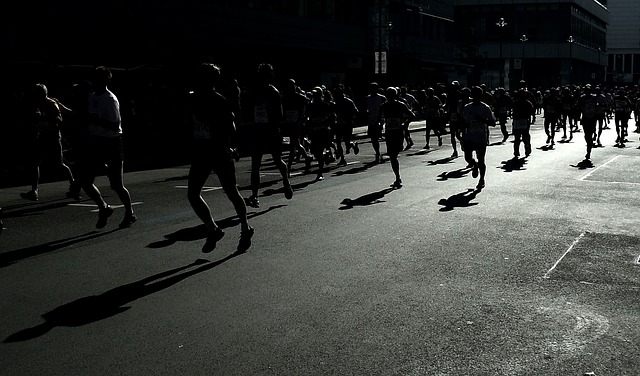Take a moment to picture this:
A high-endurance athlete has just competed in a marathon. Their rigorous training over a period of 20 weeks has fatigued and inflamed their muscles. After being subjected to increasing force leading up to race day, coupled with the event itself, the bones of their pelvis are now overloaded. The athlete’s doctor promptly orders MRI testing, and an official diagnosis of a pelvic stress fracture is determined.
Because this injury can lead to substantial lost time from everyday activities, ranging from weeks to months, the athlete is immediately placed on a management plan which includes rest, modified or totally restricted weight bearing activity, and/or surgery.
Now for a social experiment of sorts:
When picturing the “athlete” in the hypothetical situation above, did you see a man, or a woman?
Your answer may serve to reveal a latent gender bias when it comes to determining which types of injuries (male dominated/sports-related) are deemed deserving of sophisticated diagnostic tools (MRI) and customized care, and conversely, which types of injuries remain shrouded in mystery only to be prescribed a catch-all cure.
In the next scenario, there can be no question regarding the sex of the injured subject.
A first-time mother in labour is in duress. After prolonged pushing which has weakened and stretched her pelvic floor muscles, her baby’s heartbeat elevates dangerously and she is rushed to surgery for medical intervention. Only then is it discovered that the baby is presenting with shoulder dystocia – the child’s shoulders cannot pass beyond the mother’s pelvic bone as it descends down the canal; its heartbeat begins to fail.
To avoid fetal demise resulting from the compression of the umbilical cord, surgical intervention is required to free the child, resulting in significant pelvic floor injury for the mother, including a broken tailbone.
Less than 48 hours following the birth, mom is sent home. Her one-size-fits-all treatment plan is as follows: “do your Kegels and come back in 6 to 10 weeks for a check-up.”
The above scenario is not at all hypothetical, it was my reality. Happily it is a reality that is now garnering more attention when it comes to providing mothers with a higher level of postpartum care.
According to a study conducted by the University of Michigan, childbirth is as traumatic as many endurance sports. As such, researchers reasoned that using MRI to diagnose childbirth injuries, a technique usually reserved for sports medicine, makes sense.
Diagnostic imaging of the study participants following childbirth revealed fractures similar to sports-related stress fractures and severe muscle strains. Forty-one percent of women sustained pelvic muscle tears, with the muscle detaching partially or fully from the pubic bone. Yes, you read that last sentence correctly – their muscles detached from the bone.
According to Janis Miller, associate professor at the U-M School of Nursing, Kegels may be the most commonly prescribed exercise, but they can’t reattach pelvic muscles to the pubic bone, nothing can, derailing the one-size-fits-all approach to treating postpartum injuries.
“Many women do these exercises religiously but don’t heal as they’ve been told they would.”*
While the study group isn’t representative of all expectant mothers (participants were selected on the basis of high-risk factors for muscle tears), it does highlight a disturbing gap in postpartum care that can’t be filled by Kegels alone.
Think for a moment, how ludicrous it would seem for a healthcare professional to tell an injured marathon runner to simply “do your Kegels” before sending them on their way. Now recognize that this is an alarming reality for a countless number of women.
*University of Michigan. “Childbirth an athletic event? Sports medicine used to diagnose injuries caused by deliveries.” ScienceDaily. ScienceDaily, 1 December 2015. (http://www.sciencedaily.com/releases/2015/12/151201101307.htm)
